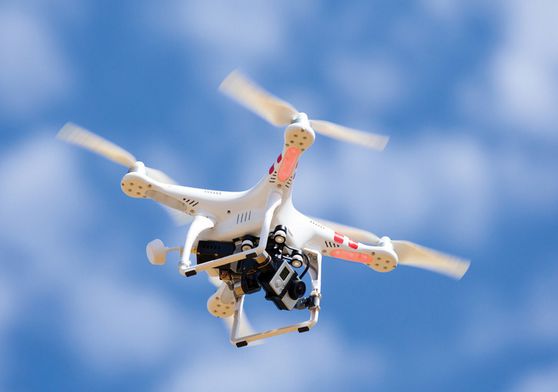Drones equipped with night vision capabilities represent a significant advancement in aerial technology. These machines allow us to capture high-quality images and recordings even in low light conditions, offering unprecedented opportunities for various industries. From surveillance to wildlife research, night vision drones are proving to be invaluable tools.
Applications of Night Vision Drones

The uses of night vision drones span across multiple fields. In law enforcement, they provide an extra layer of security, assisting officers in tracking suspect movements and conducting surveillance during nighttime operations. Similarly, emergency responders utilize these drones for search and rescue missions, where visibility is compromised by the time of day or environmental factors.
Night Vision Drone Technology
The core of night vision lies in its capability to distinguish between various thermal signatures. Thermal imagers mounted on drones can differentiate living beings from their surroundings based on heat emission. This technology is crucial for conducting precise searches and pinpointing exact locations, thereby enhancing operational efficiency.
Challenges and Considerations
Despite their advantages, night vision drones face challenges, such as the cost of technology and environmental obstacles like extreme weather or electromagnetic interference which can affect sensor performance. Furthermore, ethical considerations must be accounted for, ensuring that privacy is maintained during surveillance operations.
In summary, the advancement of night vision technology in drones provides critical advantages for night-time operations across various sectors. As technology continues to improve, we can expect even more innovative uses for these extraordinary aerial machines.
